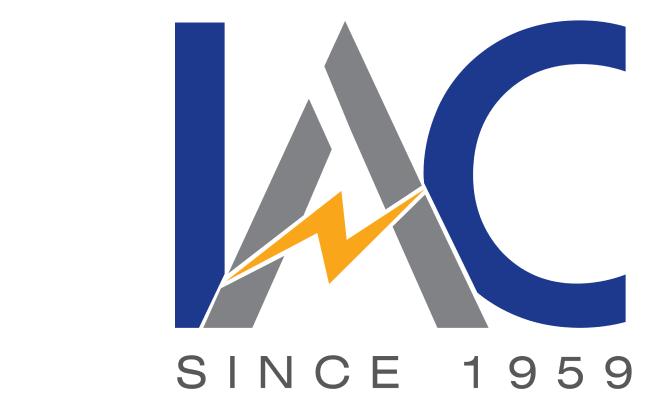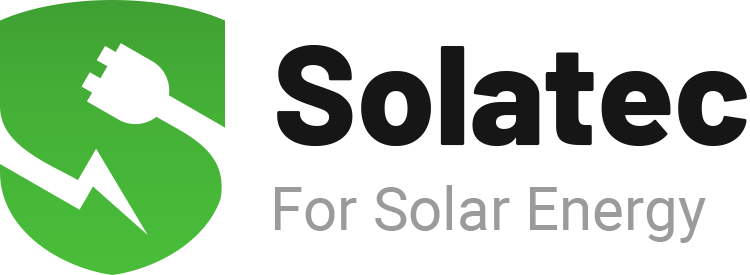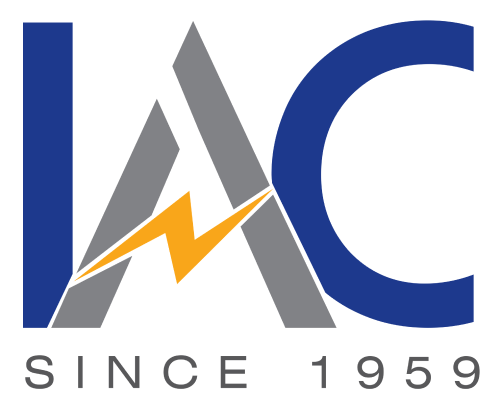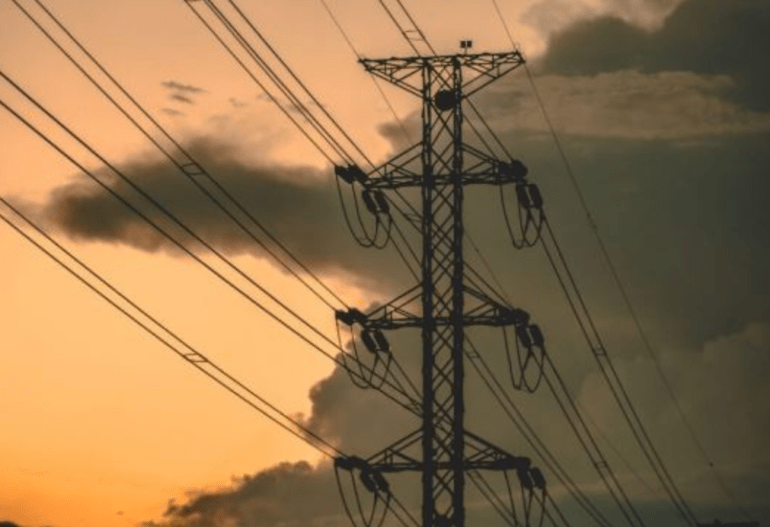What Is Insulator Hardware?
Insulator hardware, also known as insulator fittings or insulator accessories, refers to the collection of components and accessories used to support, attach, and connect insulators in overhead electrical power transmission and distribution systems. Insulator hardware is an essential part of the infrastructure that ensures the safe and efficient operation of electrical transmission lines.
Insulators are devices made of materials with high electrical resistance, such as porcelain or composite polymers. They are used to electrically isolate the conductors (wires) from the supporting structures, such as transmission towers or poles.
By doing so, insulators prevent electricity from escaping to the ground through the structure, ensuring that the electrical power is efficiently delivered from one point to another without losses or disruptions.
Important Of Electrical Insulators Properties
Electrical insulators have specific properties that make them different from others. Here is the importance of Insulator Hardware:
- It has a high resistivity.
- For the conductor load, insulator hardware has good strength.
- They are waterproof and have good dielectric strength.
Types Of Insulators: Their Specifications, and Properties
Different types of insulator hardware are used based on the type and design of the insulators. Here are some common types of insulator hardware:
1. Suspension Insulator Hardware
Suspension insulators, also known as Disc Insulators. It hangs vertically from the cross-arms. Suspension insulators are commonly used in high-voltage transmission lines.
Properties:
- Socket Clevis
- Ball Clevis
- Y-Clevis
- Link Fittings
Specifications:
- The voltage operating capacity is from 11 kV to 765 kV.
- It is commonly used in the overhead transmission system.
- Multiple suspension insulators can be used based on the voltage level.
- Generally, it is placed with a steel tower.
- However, the suspension insulator needs more height for supporting the multiple discs.
2. Pin Insulator Hardware
Pin insulator is one of the types Of insulator. They are mounted horizontally on the top of the transmission towers or poles.
Properties:
- Spindle (or Pin)
- Cotter Pin
- Double Arming Bolt
- Secondary Rack
Specifications:
- It has a capacity of up to 11kV voltage.
- It is made with high mechanical strength.
- Pin Insulators can be connected with vertical as well as horizontal positions.
- It has a simple construction.
- It requires less maintenance than others.
3. Strain Insulator Hardware
Used for strain insulators, which are used at dead-ends and locations with a change in direction or tension.
Properties:
- Strain Clamps
- Anchor Shackle
- Dead-End Clamps
Specifications:
- It is used in high voltage; above 33 kV.
- Strain Insulator Hardware used in the band place of the transmission line.
4. Post-Insulator Hardware
Used for post-insulators, which are used to support busbars or other electrical equipment.
Properties:
- Post Insulator Cap and Pin
- Post Insulator Base
Specifications:
- Post Insulator Hardware is suitable for different voltage levels.
- It has strong mechanical strength.
- It is always placed in a vertical position.
- It helps to protect transformers, switchgear, and other devices.
5. Shackle Insulator Hardware
Shackle Insulator is known as an overhead insulator. It occurs in small sizes and is used to control low-voltage power lines.
Properties:
- Shackle insulator bolt.
- D- strap / U- clamp
- Conductor
- Pole
Specification:
- In the distribution line, the metallic strip is used to connect the shackle insulator.
- This insulator has a bearing capacity of up to 33 kV voltage.
- In the circular turn or bend position, a shackle insulator can work.
6. Stay Insulator Hardware
Stay insulators are used in guy wires to provide additional support to transmission towers.
properties:
- Stay Insulator Bracket
Specifications:
- It is used only in the distribution line.
- It is always placed in between the earth and the conductor.
7. Clevis and Tongue Hardware
Clevis and tongue hardware are used for connecting various insulator fittings and components together.
properties:
- Socket Clevis
- Hanging plate.
- Steel clevis.
- China adapter.
Specifications:
- Clevis and tongue hardware is commonly used in scaffolding to connect the individual frames together.
- They are commonly used in hoists to connect the hoist to the load.
- They are also used in railings to connect the railing posts together.
Additional Information
| Insulator | Voltage Capacity | Power System |
| Pin Insulator | < 11 kV | Distribution System |
| Suspension Insulator | 11 kV to 765 kV | Transmission System |
| Strain Insulator | > 33 kV | Transmission System |
| Shackle Insulator | < 33 kV | Distribution System |
| Post-Insulator | > 11 kV (High) | Substation |
| Stay Insulator | < 11 kV | Distribution System |
| Clevis and Tongue Insulator | < 11 kV | Transmission and Distribution System |
Final Words
These are some of the common types of insulator hardware used in overhead transmission lines.
The specific type of hardware used depends on the design and application of the insulator, as well as the requirements of the transmission line. If you want to know which type of insulator hardware is required for you then IAC Electrical is the best solution.






